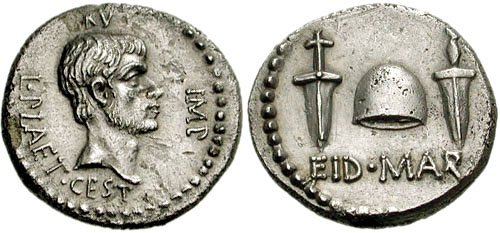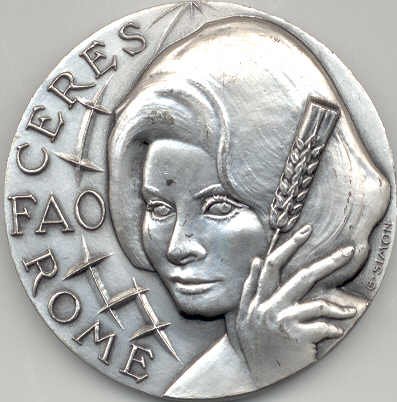Ancient Coin Museums: Where History Lives in Your Hand
Why should you collect an ancient coin museum? If you’ve ever held an ancient coin and felt the weight of time in your hand, imagine being in a room filled with thousands of them—from the first electrum staters of Lydia to the golden solidi of Byzantium.
Ancient coin museums aren’t just for scholars. They’re for anyone who loves history, art, or that rush of discovery when you recognize a face on a coin minted over 2,000 years ago. These museums offer more than just display cases — they tell the story of civilization through its currency.
Here’s a list of some of the world’s top destinations where numismatics takes center stage.
🌍 Top Ancient Coin Museums in the World
1. The British Museum (London, UK)
Why go: It’s one of the most visited museums in the world—and for good reason. Their Coins and Medals Department holds over 1 million objects, including legendary Greek, Roman, and Persian pieces.
📌 Must-see: Achaemenid darics, Roman Republican denarii, and the Hellenistic treasures of Alexander’s successors.
2. The American Numismatic Society (New York, USA)
Why go: This is a true research institution. If you’re serious about studying coins, their library and archives are second to none. They also house over 800,000 coins, including some ultra-rare specimens.
📌 Must-see: Parthian tetradrachms, early Islamic coinage, and Byzantine bronzes.
3. National Museum of Iran (Tehran, Iran)
Why go: If you’re into Persian coinage, this is the crown jewel. The museum features Achaemenid, Parthian, and Sassanian coins alongside inscriptions, seals, and pre-Islamic artifacts.
📌 Must-see: The fire altar drachms of the Sassanian kings and some of the oldest Persian silver siglos.
4. Bode Museum – Münzkabinett (Berlin, Germany)
Why go: Germany’s Bode Museum houses the Münzkabinett, one of the oldest and most respected numismatic collections in the world, with over 500,000 coins.
📌 Must-see: Rare Greek fractional silver coins and a beautifully curated Roman imperial series.
5. Athens Numismatic Museum (Greece)
Why go: This museum is inside the stunning Iliou Melathron, once the mansion of Heinrich Schliemann (the man who “found” Troy). It houses over 500,000 coins from the Greek world.
📌 Must-see: Athenian owls, electrum staters, and some incredibly well-preserved early Hellenistic gold.
6. Cabinet des Médailles (Paris, France)
Why go: Tucked inside the Bibliothèque nationale de France, this collection is elegant, historic, and surprisingly intimate. It contains thousands of Greek and Roman coins, medals, and seals.
📌 Must-see: Gold Roman aurei and Celtic coins from Gaul.
7. Vatican Numismatic Collection (Vatican City)
Why go: The Vatican holds a private yet exceptional collection of coins ranging from ancient Roman to Papal issues.
📌 Must-see: Roman denarii, solidi of Constantine, and early Christian coin iconography.
🔗 Explore
8. Israel Museum (Jerusalem, Israel)
Why go: This museum holds thousands of Judean, Roman provincial, and early Islamic coins, all of which connect to biblical and ancient Near Eastern history.
📌 Must-see: Coins from Herod the Great, Pontius Pilate, and Bar Kokhba revolts.
🔗 Visit
🔍 What to Look for During a Museum Visit
Even if you can’t read the Greek or Persian inscriptions, here are a few things to observe when viewing ancient coins in museums:
-
Condition & wear: How well are the features preserved?
-
Portraits: Are the faces idealized or realistic? Do they show age or youth?
-
Inscriptions: Try identifying rulers or cities using catalog clues.
-
Symbolism: Spot familiar gods, animals, or religious elements.
-
Mint marks: If you see a strange little symbol or Greek letter — that might be the mint!
Bring a notebook. You’ll learn more than you expect. And yes—photos (if allowed) are priceless for comparing to your own collection later.
💻 Can’t Travel? Visit Virtually!
Many of the museums listed above have online galleries or digital databases:
You can research, browse, and even compare coins side-by-side—all from your laptop.
💬 Final Thoughts
Ancient coin museums aren’t just quiet halls filled with metal—they’re living history vaults. Each exhibit connects us with the past in a way no book or website can. You can see the punch marks, the cracks, the artistry—and know that these coins traveled across empires, just like we do today.
So whether you’re planning a museum visit, building your dream coin collection, or just want a deeper appreciation for the art of the ancient world, go visit a coin museum. You won’t see money the same way again.



